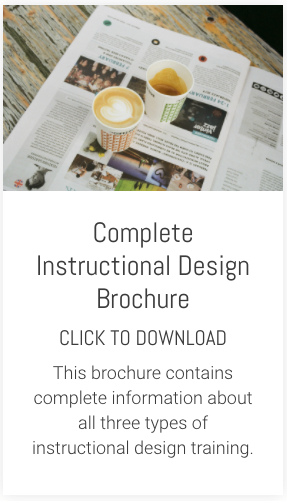Following on from Part 1 of this post, where I identified three key challenges for e-learning designers when thinking about games and gamification, here's a summary of some key game elements you could include in your learning design and their relevance to your learners:
- Creating an abstract of reality: actual reality is messy. Providing an abstraction of reality is a great way to minimise complexity, focus your learners on what's really important and help them understand cause and effect in a given situation – with much greater clarity than is usually possible in real life.
- Setting goals: including a clear goal in a game adds purpose, focus and the ability to measure outcomes.
- Setting rules: these can range from simple operational rules (i.e. how you play the game) through to implicit behavioral rules. In a learning context, you can also include instructional rules that relate specifically to the knowledge or skills being learnt.
- Working with or against others: others here can include the game itself, not just other players. Working with or against others, provides plenty of opportunity for conflict, competition or co-operation.
- Working against the clock: time can spur your learners into action and apply additional pressure to their environment. Additionally, time can be used as a resource that learners need to use with thought and care.
- Giving rewards: you may decide to make getting rewards and points easy - as a way of hooking people into your game early on. Alternatively, you may decide to make rewards and points hard to achieve, as a means of increasing motivation
- Providing feedback: there is plenty of opportunity to build in intrinsic feedback. In other words, your learners can immediately see or feel the consequences of their actions and decisions.
- Enabling different levels of engagement: you can vary the level of challenge and difficulty available to your learners as a way of building motivation.
- Telling a story: this always helps provide context and meaning.
- Keeping flow and sequence: a good flow and sequence helps 'hook' the learners early on and maintain their interest throughout – this is sometimes referred to as the 'curve of interest'.
- Thinking about visual design: this definitely doesn't have to be about realism, but your game should be visually appealing and recognisably authentic.
- Providing a replay option: this provides a very important opportunity for your learners - the opportunity to fail. This enables your learners to re-consider their actions and decisions - particularly important when you are teaching principles or approaches that can be applied in several different ways.
If you are looking for some help in incorporating these elements into your e-learning design, consider taking some of the modules in our impact and instructional design training programme.











